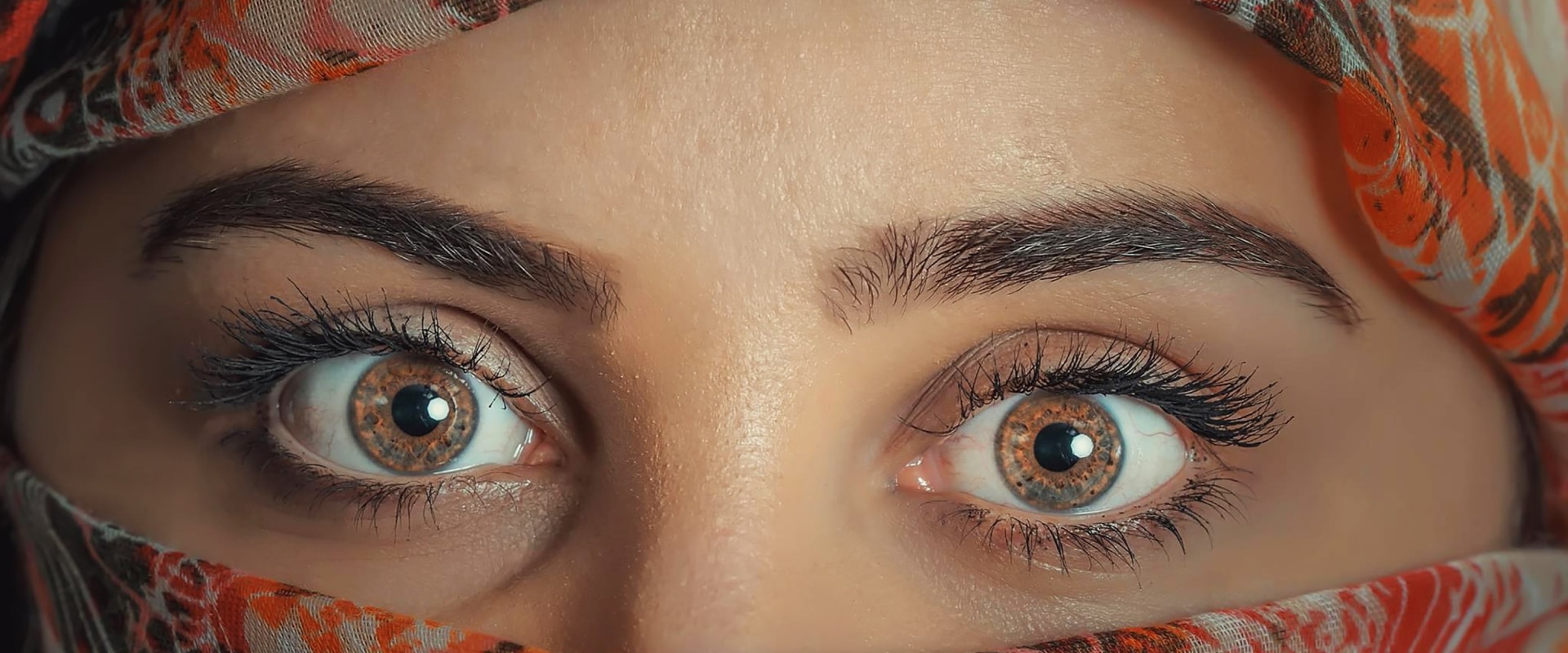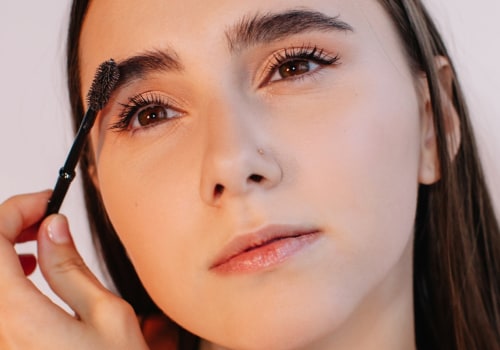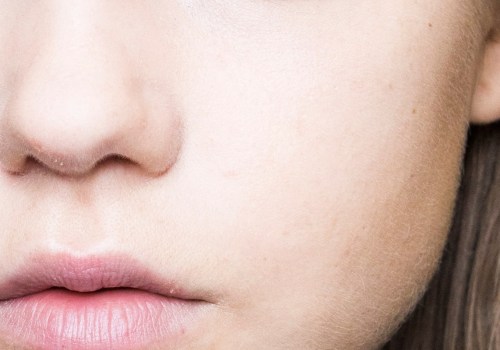A new study explores why ancient humans had pronounced ridges on their eyebrows and why they eventually lost them. In humans, specialized hair, such as eyelashes and hairs inside the nostrils and outer ears, offer some protection from the environment.
the eyebrows
prevent sweat from getting into the eyes. The hairs on the scalp can help stabilize the temperature of the brain.The hairs can also excrete toxic substances such as arsenic and are therefore used in forensic drugs. As all dermatologists know, the psychological functions of hairs are immeasurable. Hypotheses linking the development of modern human browridge morphology with changes in sociality have tended to be set aside in favor of mechanical and spatial ones, with the aim of explaining large browridges rather than the causes and consequences of small ones. In humans, browridge is a sexually dimorphic anatomical feature45 that has been identified as relevant in the perception of an individual by others46,47 and its growth and development have also been linked to androgen production, along with general facial sexual dimorphism. Perhaps, the researchers suggest, Humans Anatomically modern people were better able to communicate and collaborate with each other with the help of their eyebrows.
This means that the brow ridges of archaic humans must have had a social function, most likely used to show social dominance as seen in other primates. The eye region is known to develop increasing social importance in a human evolutionary context51,52; however, eyebrow mobility specifically has received little attention. As such, sociality and social communication should be considered both in relation to the larger than necessary border of Kabwe 1 and to the reduced borders and more vertical forehead of modern humans. But our ancient relatives did not have expressive eyebrows that could move along smooth, domed fronts.
Over the years, scientists have put forward a number of theories as to why humans of past millennia had a prominent crest on their foreheads. Similarly, other non-human primates, such as macaques61, gibbons62 and orangutans63, are also unable to move their inner and outer eyebrows independently and show that they lower their eyebrows (excluding orangutans, which are capable of lowering eyebrows). If it can be demonstrated that the browridge of Kabwe 1 is much larger than what spatial requirements demand and has no mechanical function, the explanations of its size in terms of social communication become more sustainable and the consequences of the interactions of small eyebrows in modern humans with sociality, the exhibition and social communication becomes a focus of interest. As in humans, chimpanzees express emotions through stretching the skin through prominent eyebrows, but they lack the subtleties in eyebrow movement and signaling that modern humans display.
As Charles Choi reports for Discover, a team of researchers from York University in England recently set out to learn more about why ancient humans had these distinctive brow crests and why they eventually lost them.









Leave a Comment